Vital signs
Renewed museum showcases history of former municipality with wealth of artifacts
Advertisement
Read this article for free:
or
Already have an account? Log in here »
To continue reading, please subscribe:
Monthly Digital Subscription
$0 for the first 4 weeks*
- Enjoy unlimited reading on winnipegfreepress.com
- Read the E-Edition, our digital replica newspaper
- Access News Break, our award-winning app
- Play interactive puzzles
*No charge for 4 weeks then price increases to the regular rate of $19.00 plus GST every four weeks. Offer available to new and qualified returning subscribers only. Cancel any time.
Monthly Digital Subscription
$4.75/week*
- Enjoy unlimited reading on winnipegfreepress.com
- Read the E-Edition, our digital replica newspaper
- Access News Break, our award-winning app
- Play interactive puzzles
*Billed as $19 plus GST every four weeks. Cancel any time.
To continue reading, please subscribe:
Add Free Press access to your Brandon Sun subscription for only an additional
$1 for the first 4 weeks*
*Your next subscription payment will increase by $1.00 and you will be charged $16.99 plus GST for four weeks. After four weeks, your payment will increase to $23.99 plus GST every four weeks.
Read unlimited articles for free today:
or
Already have an account? Log in here »
Hey there, time traveller!
This article was published 26/09/2021 (1535 days ago), so information in it may no longer be current.
Writer Brenda Suderman continues her tour of Winnipeg’s community museums with a stop at St. Vital Museum, 600 St. Mary’s Rd., operated since 1985 by the St. Vital Historical Society. Closed during the past 18 months due to the global pandemic, the doors to this former historic firehall, police station and municipal office are open 10 a.m. to 4 p.m. every Saturday. Call 204-255-2864 for more information. Admission is free but donations are welcome.
• • •
An onstage curiosity for years, Jimmy Moore’s shovel fiddle now attracts interest without a string plucked or a note played.
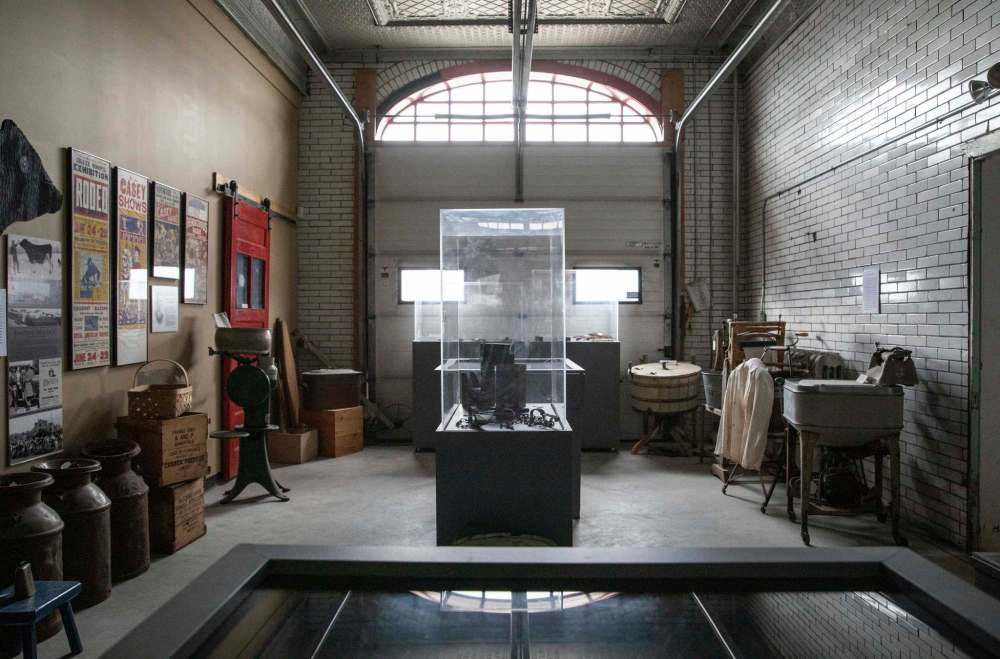
“He was very creative,” recalled daughter Myrna Moore of the former St. Vital resident of Métis heritage who died in 1991.
“He always thought of what would make somebody look and listen.”
After decades of playing local dances, weddings and country fairs, the Saskatchewan-born Jimmy Moore fashioned the fiddle from a new garden spade and his next-door neighbour built wooden cases, recalled Myrna, who recently donated the instrument to St. Vital Museum, housed in a former firehall and police station on St. Mary’s Road.
Mandated to collect and preserve artifacts of St. Vital, the museum showcases a diverse array of residents, athletes and early settlers, such as 19th-century municipal councillor Victor Magar, curler Jennifer Jones and NHL player Jonathan Toews. It also features a tiny schoolroom furnished with items from the now-closed Mountbatten School and various vehicles, including a birch-bark canoe and a replica Red River cart built for the 2003 World Indigenous Games in Winnipeg.
Now living in White Rock, B.C., Myrna recalled her father building the fiddle in retirement and making bows for it from household objects such as a wooden coat hanger, snow scraper, toilet scrubber and a brand new plunger with the $2.75 price tag still attached to prove it was new.
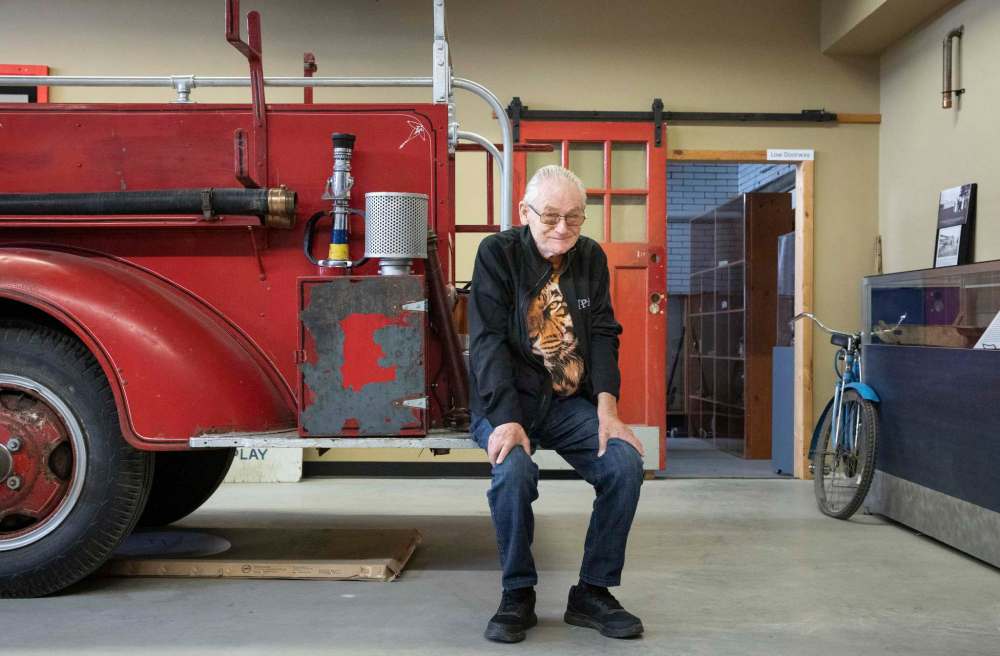
“It sounded pretty darn good,” she said of the unusual instrument.
“It was a little heavy to hold, but it sounded pretty much like a fiddle.”
Displayed under Plexiglas adjacent to items donated by former Guess Who bassist Jim Kale, a vastly more famous musician from St. Vital, the musical artifacts speak to the diversity of the former municipality — and later city — of St. Vital before it became a Winnipeg suburb in 1972.
Kale donated artifacts after a request from Bob Holliday, president of the historical society, who attended Glenlawn Collegiate with the bass player. Kale had already given away most of his memorabilia, so Holliday travelled across the city picking up golden and platinum records, awards and citations to cobble together the display situated near the main entrance of the museum, accessible from the parking lot behind the building.
“This stuff didn’t mean anything to him. He gave it all away,” said Holliday, who at 79 is a year older than Kale.
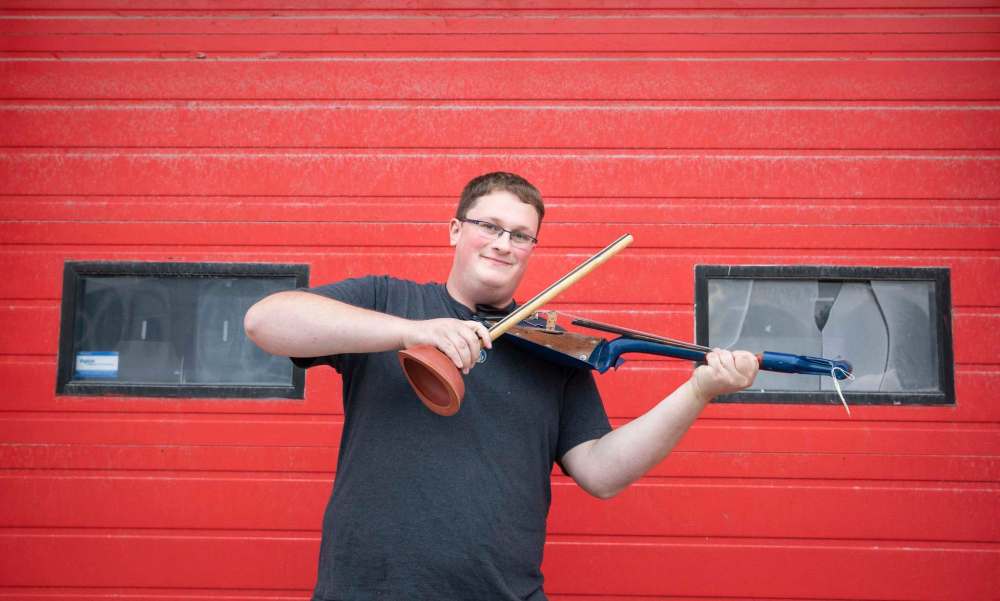
One of the top draws in the volunteer-run museum — an intact jail cell also piques the interest of visitors wondering what it might be like to be locked up in the small concrete-block space — the Kale collection represents the strong connections people have to this Winnipeg neighbourhood, said Holliday, who grew up on a two-acre farm in St. Vital.
“I knew him because his parents bought chickens and eggs from us,” he recalled of his relationship with Kale, who now lives in nearby Norwood Flats.
Current Winnipeggers might be puzzled by that reference to agricultural production within city limits, but for born-and-bred St. Vital residents like Holliday, it all makes sense. The former rural municipality encompassed a good portion of what is now south Winnipeg, made of strip farms first established as farms by Métis hunters and traders as early as 1822.
“They moved up here from Fort Pembina (N.D.) and settled between the Red and Seine (rivers),” explains Jared Warkentin, one of three short-term employees who reorganized the museum last summer.
“In the 19th century, this was an agricultural area.”
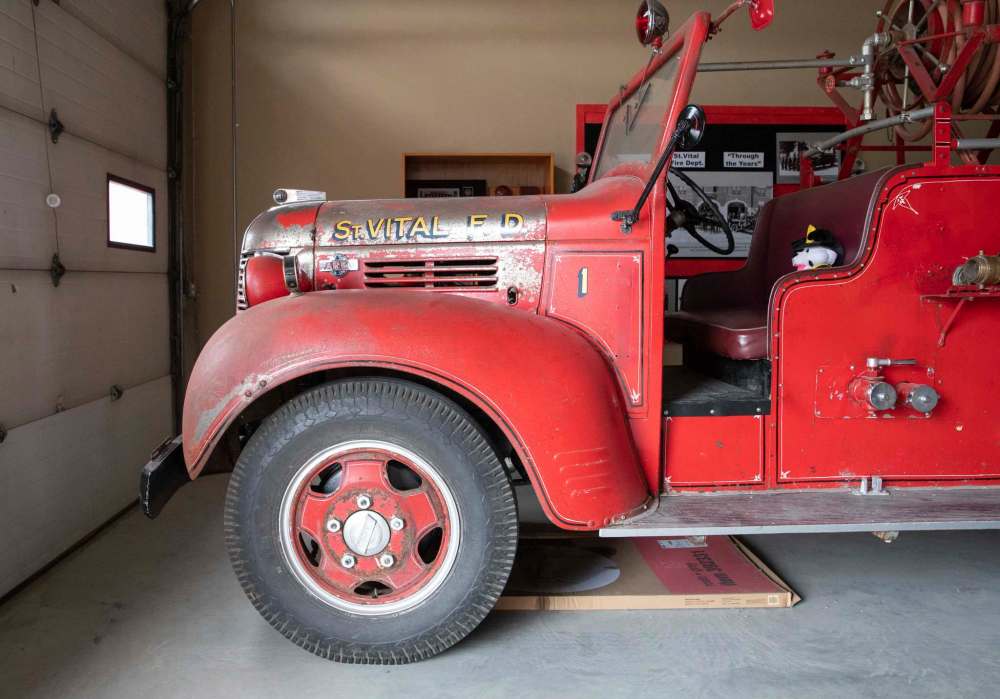
That history of small farms and market gardens is documented with a display of early agricultural implements and memorabilia, including a large black-and-white plywood cutout honouring champion bull Rockwood Romaniuk, along with many prize ribbons, including one from the 1954 Royal Winter Fair in Toronto.
Donated by Lillian Gobert of Riverbend dairy farm, this artifact commemorates the end of an era, since the farm at the corner of St. Mary’s Road and the South Perimeter Highway was recently purchased by the province to make way for a new interchange.
A poster promoting a local carnival speaks to another aspect of local history. Once known as Western Canada’s carnival king, E. J. Casey operated his touring midway business from a building just across the street from the former firehall, said Holliday
“He had a travelling show and (a permanent show which) used to be by the bridge at Lockport,” he recalled of the midway Casey operated until 1965.
Next door, a large display space at the south end of the building shows off the original features of the firehall, with the original 1914 tin ceilings still intact and the hole for the fire pole still visible.
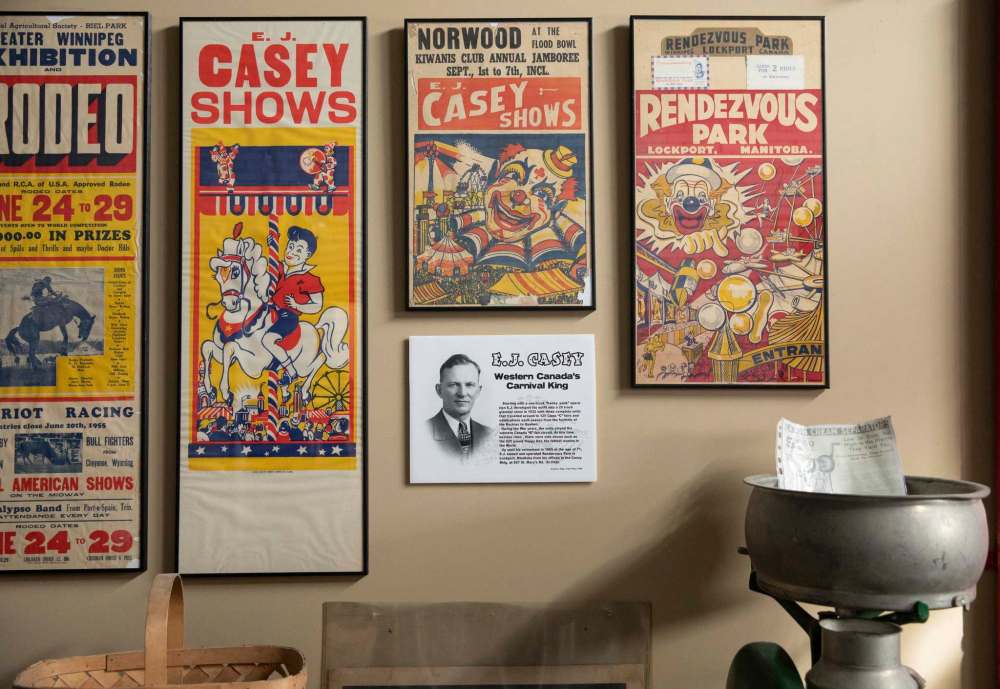
“At one time, this was the only thing that made it a heritage building,” Holliday said of the pressed ceilings, which feature elaborate floral borders and feather motifs on the crown moulding.
Designed by brothers Alexander D. Melville and William N. Melville more than a century ago, the firehall will soon house equipment original to the era. A 1920 pumper truck, recently acquired from the former St. Boniface firehall, will sit in one of the original truck bays, right beside the 1939 Fargo pumper truck already owned by the museum.
After an 18-month shutdown precipitated by the global pandemic, museum volunteers and staff are eager to show off their renewed museum, set off by newly painted walls, reorganized collections and some new acquisitions.
Visitors may be surprised by what they find when they step inside, suggested Warkentin, a Fort Garry resident who recently completed a master’s degree in archival studies at the University of Manitoba, since the artifacts in the small community museum reflect two centuries of life in St. Vital.
“Along with St. Boniface, this was the heart of the Métis community,” said Warkentin.
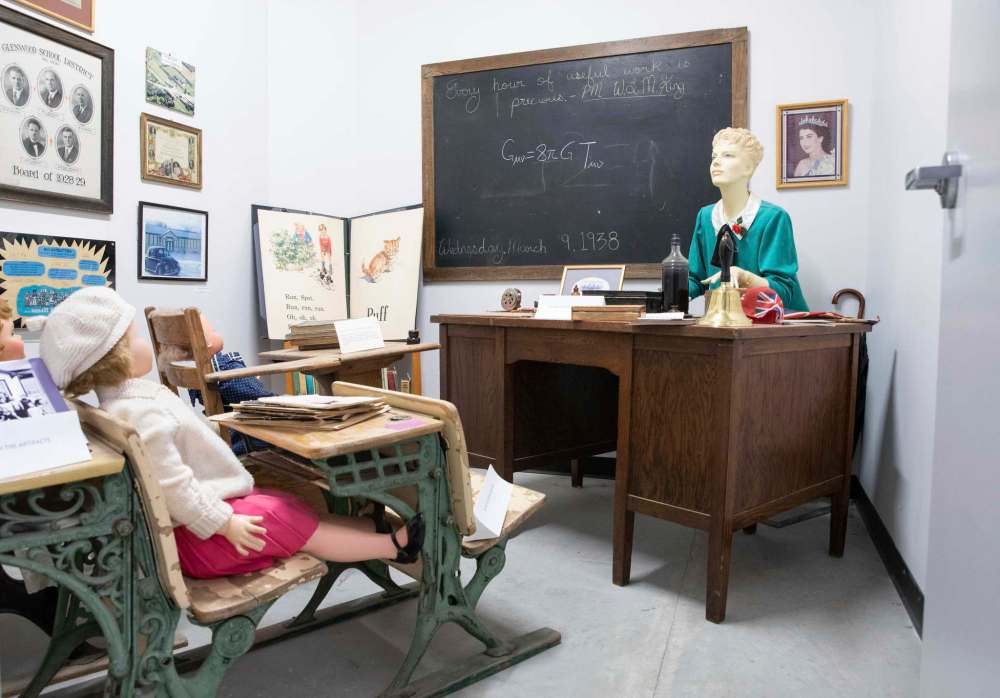
“We’re not just a suburb of Winnipeg, we’re our own thing with a storied history.”
brenda.suderman@freepress.mb.ca
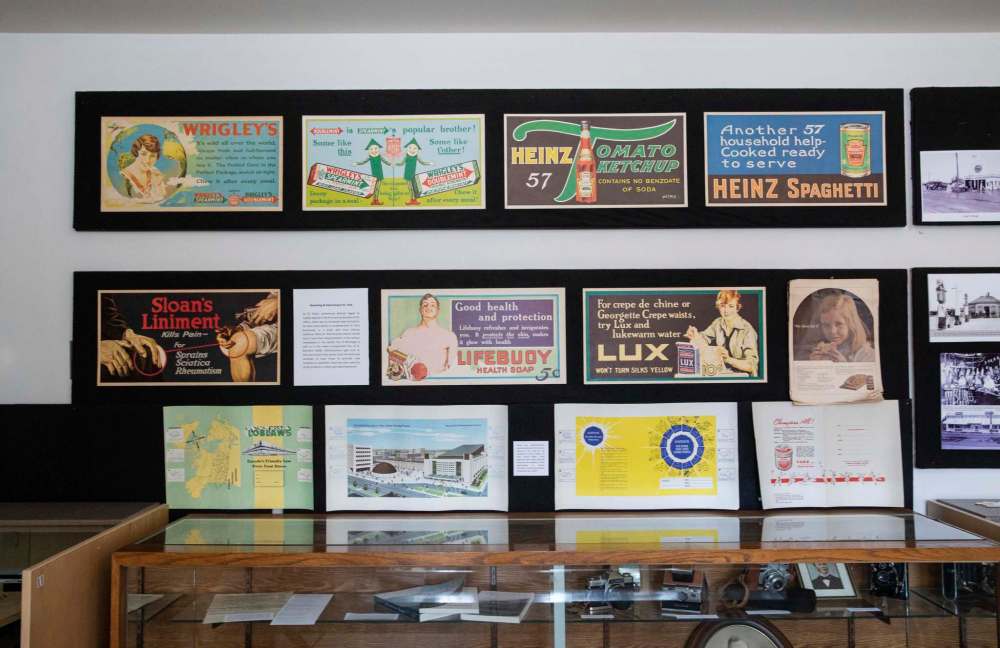
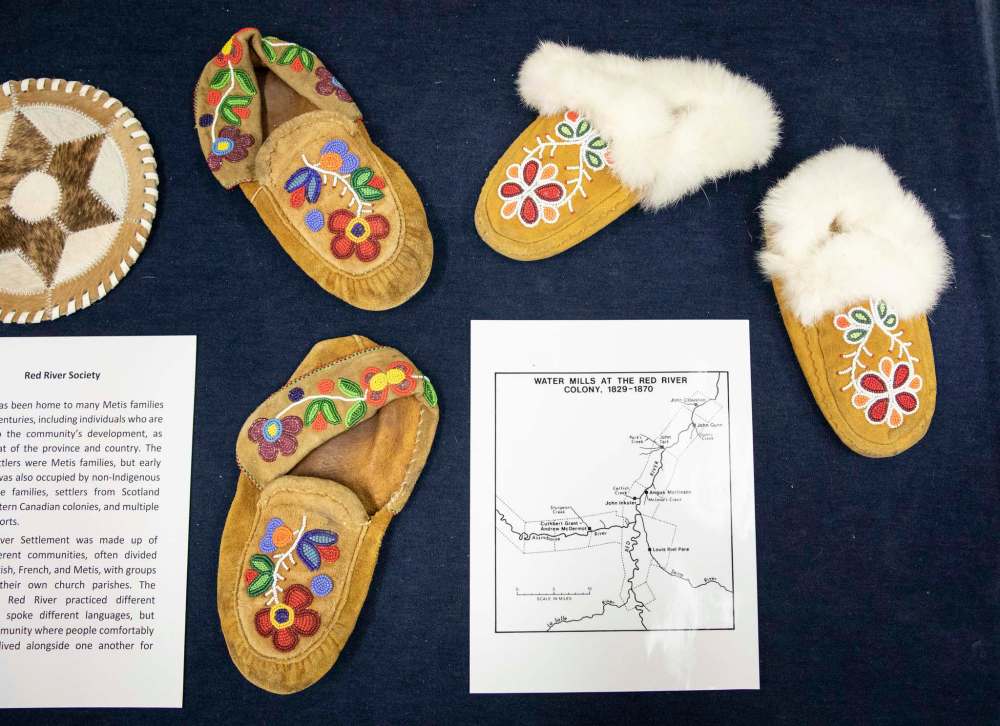
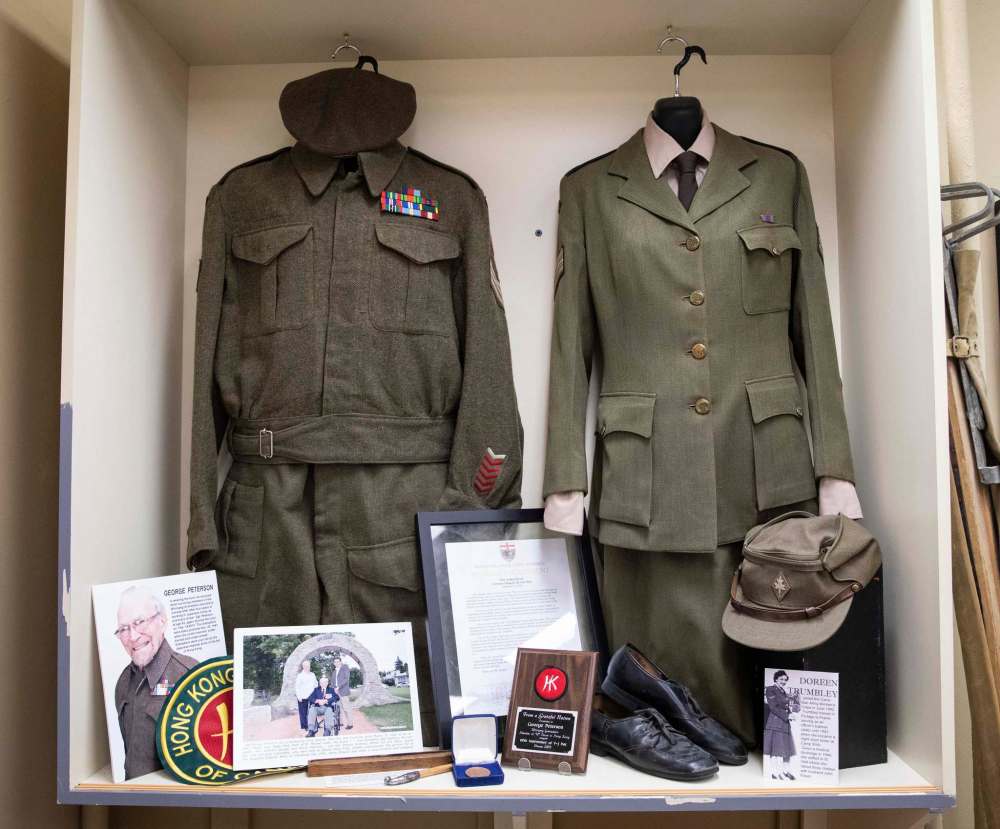

Brenda Suderman has been a columnist in the Saturday paper since 2000, first writing about family entertainment, and about faith and religion since 2006.
Our newsroom depends on a growing audience of readers to power our journalism. If you are not a paid reader, please consider becoming a subscriber.
Our newsroom depends on its audience of readers to power our journalism. Thank you for your support.






